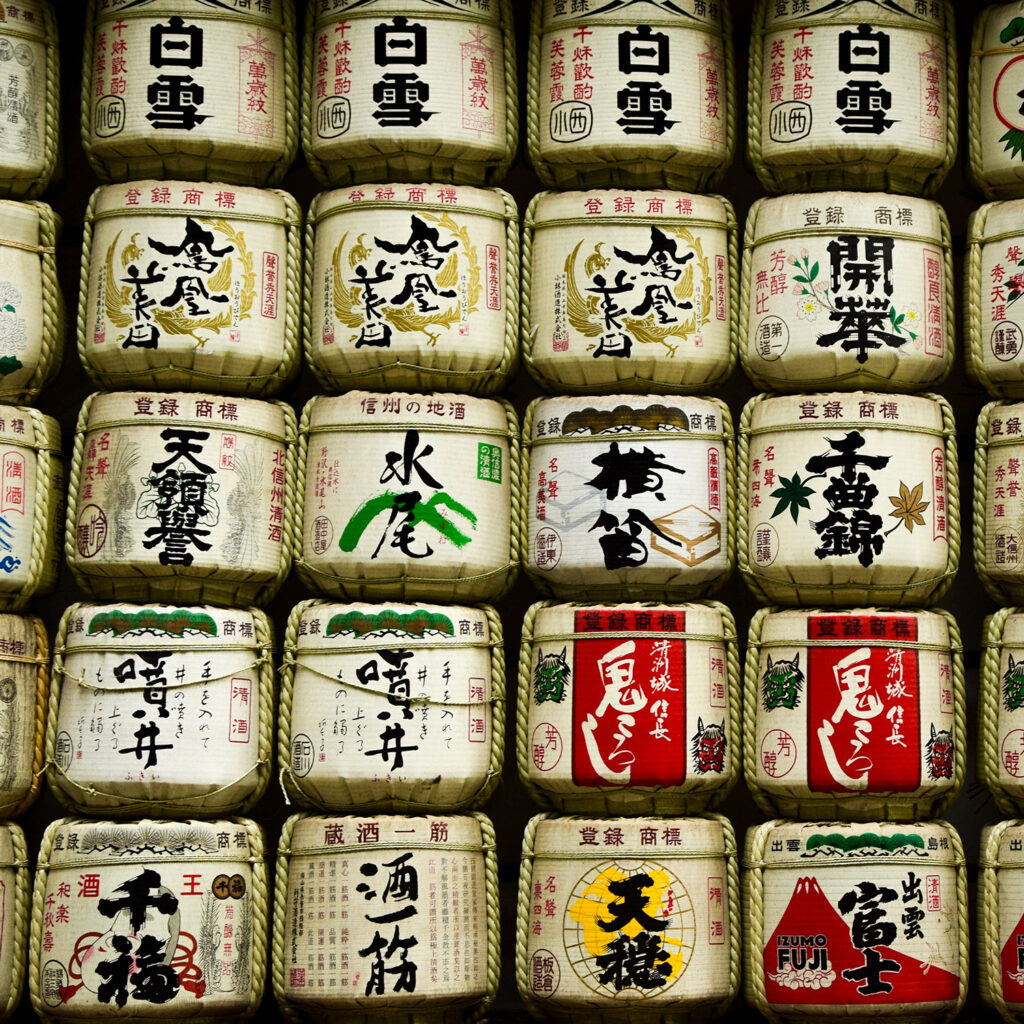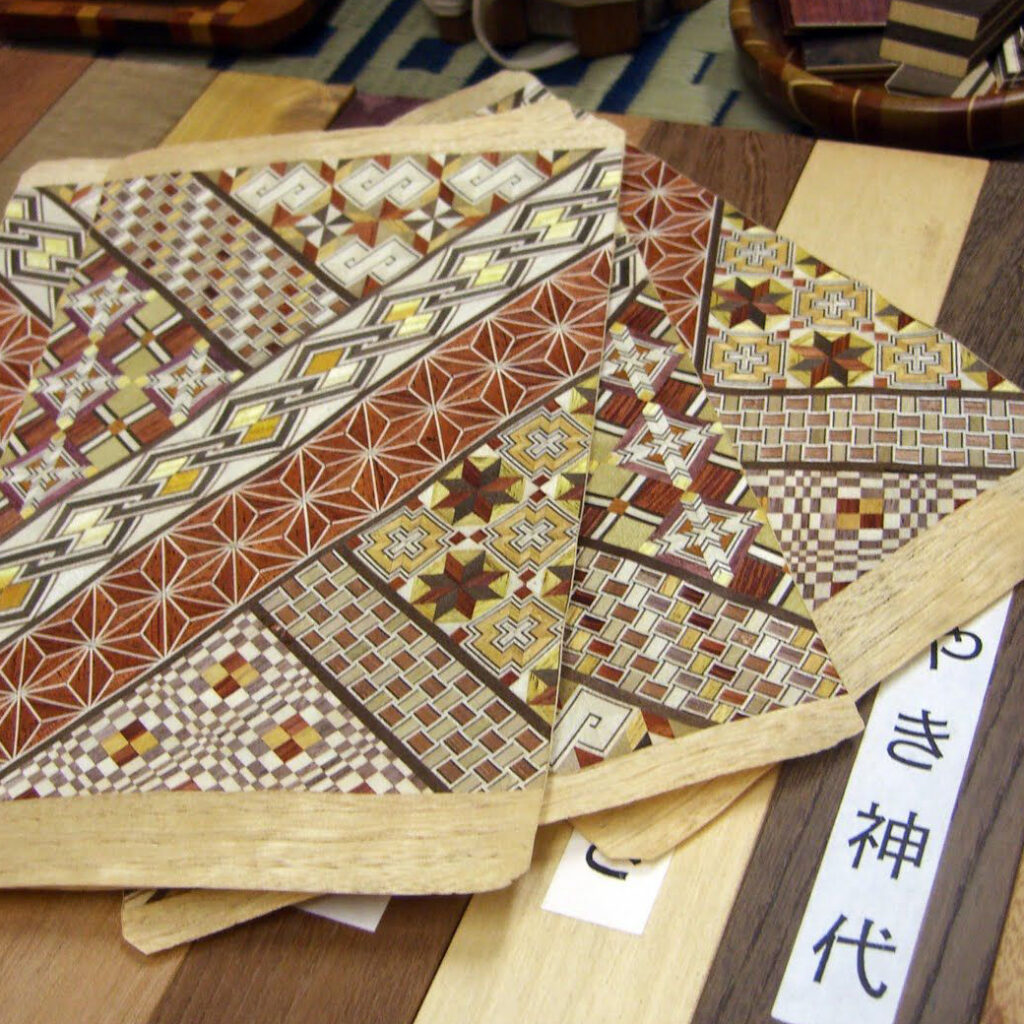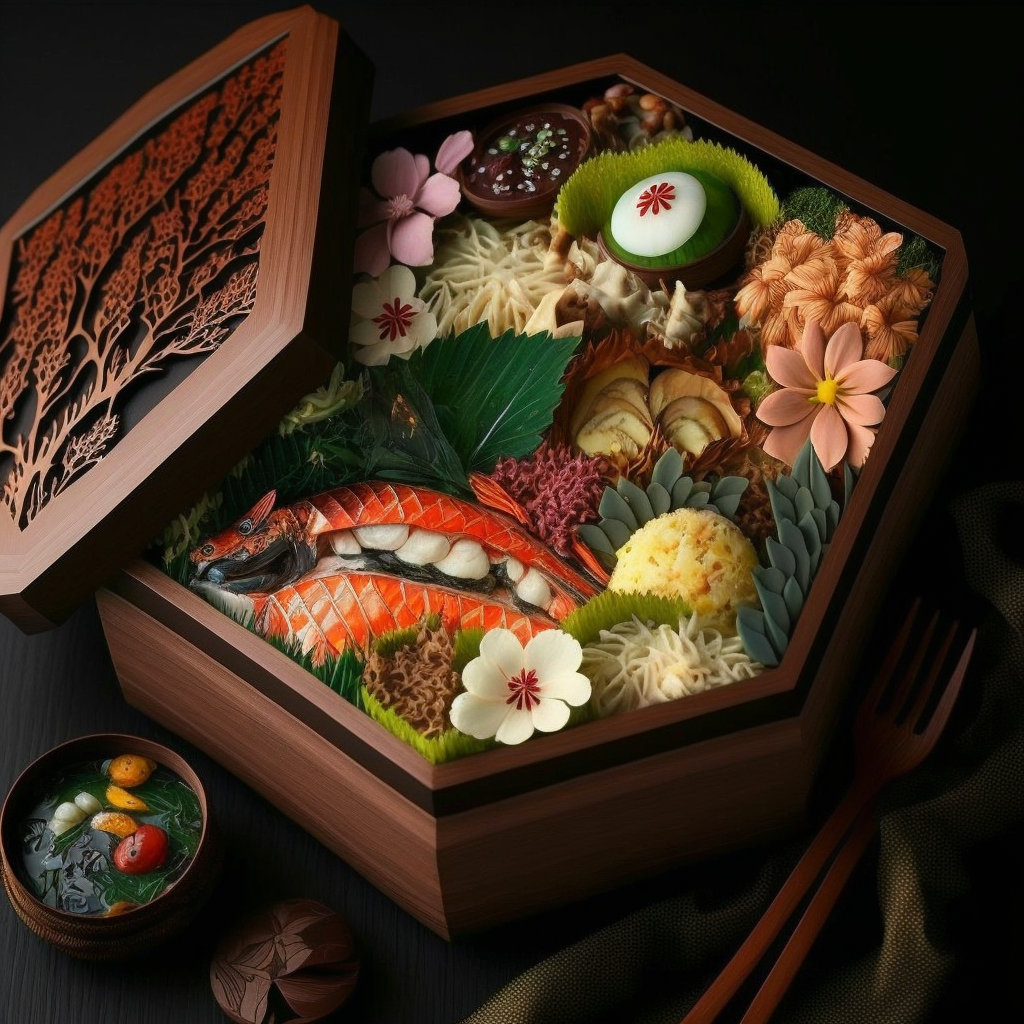Sake is a traditional Japanese alcoholic beverage that has become popular around the world. Also called nihonshu, sake is made from rice, water and koji, a specific mushroom that is grown for this purpose. Sake is produced all over Japan, but the regions of Nara, Kyoto and Hiroshima are particularly renowned for their sake production.
History
Sake is a drink that dates back more than a thousand years. The exact origin of sake is uncertain, but it is believed to have been introduced to Japan by the Chinese in the 6th century. At that time, sake was considered a sacred drink used in religious ceremonies and was reserved for the nobility and the wealthy.
Over time, sake production spread throughout Japan and the drink became more accessible to the masses. In the 17th century, the government began to regulate the production of sake, which standardized the manufacturing methods and improved the quality of the drink.
Manufacturing process Sake making is a complex process that can take up to six months. The rice is first polished to remove the outer layer and leave only the core. The more polished the rice, the higher the quality of the sake. Next, the rice is soaked and steamed, then mixed with koji, a special fungus that breaks down the starch in the rice into sugar.
Once the rice and koji have fermented, water and yeast are added to the mixture to create sake. The mixture is fermented for several weeks to several months until it reaches the desired alcohol level.
Varieties
There are several types of sake, each with its own distinctive flavor and aroma. Sake can be classified according to its degree of polish, alcohol level and fermentation method. Here are some of the most common types of sake:
- Junmai: Junmai is sake that is made only from rice, water, koji and yeast, with no additional alcohol added. It usually has a rich, full-bodied taste.
- Honjozo: Honjozo is sake that contains a small amount of alcohol added during the fermentation process. It often has a lighter, sweeter flavor than junmai.
- Ginjo: Ginjo is sake that is made from rice that has been polished to at least 40%. It often has a fruity flavor and a floral aroma.
- Daiginjo: Daiginjo is a premium sake that is made from rice that has been polished to at least 50%. It often has a complex flavor and delicate aroma.
Tasting
Sake can be enjoyed hot or cold, depending on the variety of sake and personal preference. In general, light and fruity sake is often served cold, while full-bodied and complex sake is often served hot.
Sake is often served in small glasses called choko or in ceramic cups called guinomi. Before tasting, it is important to smell the aroma of the sake. Sake is often described as having an aroma of fruit, flowers or rice. Then, it is recommended to take a small sip of sake and leave it in the mouth for a few seconds to fully appreciate the flavor. Sake can be served with traditional Japanese dishes such as sashimi, tempura or soba noodles.



